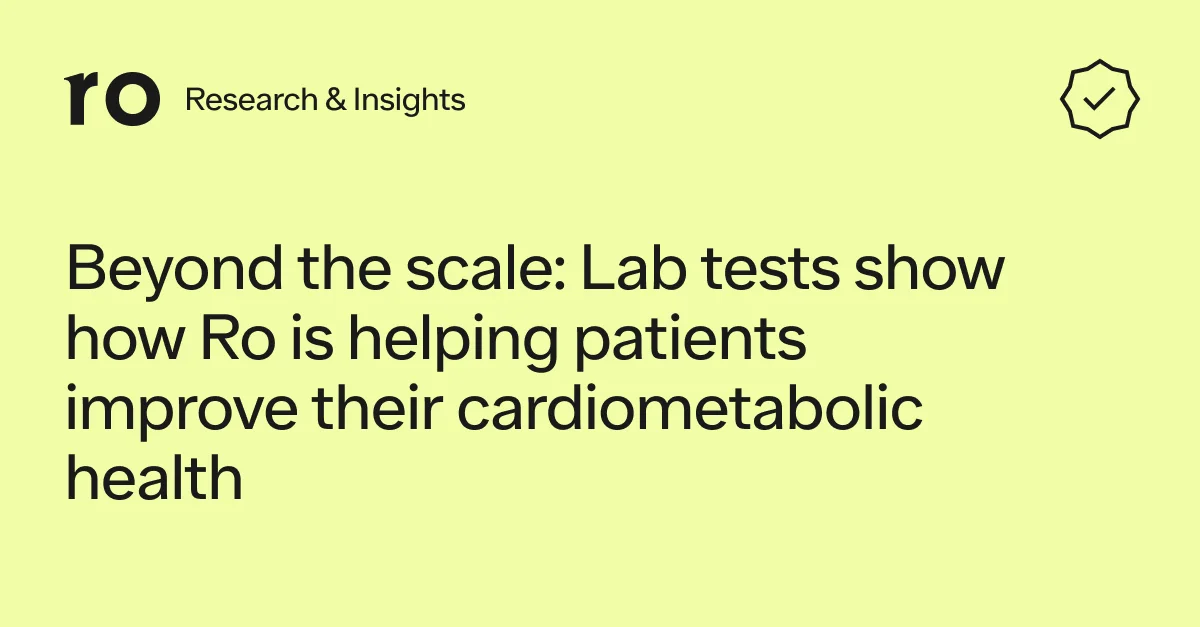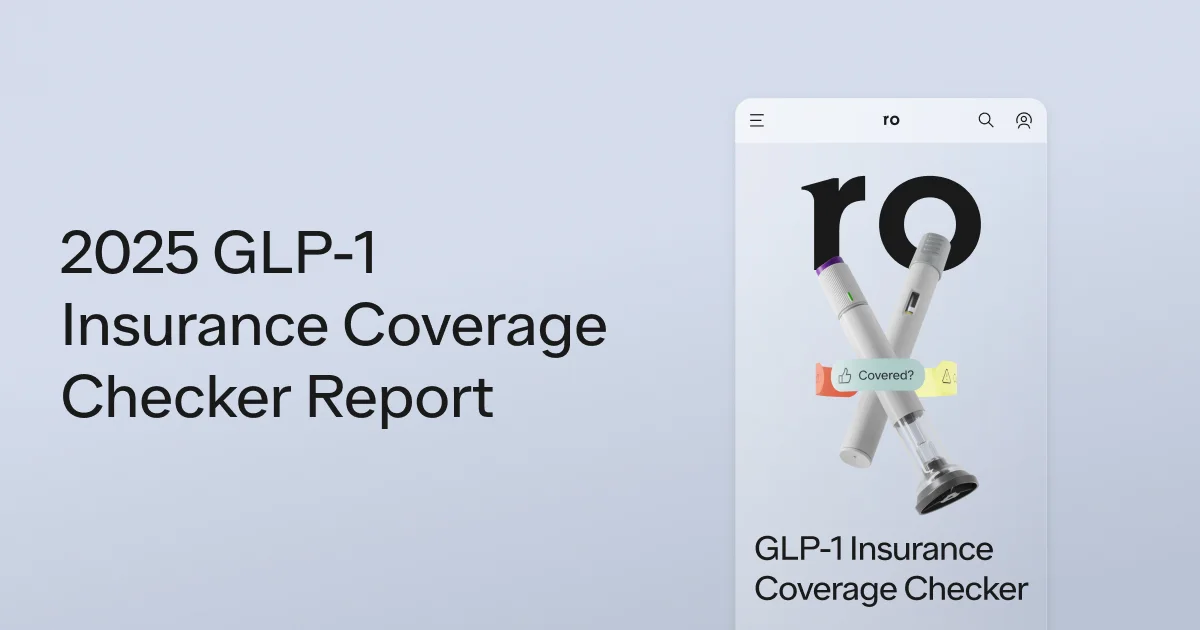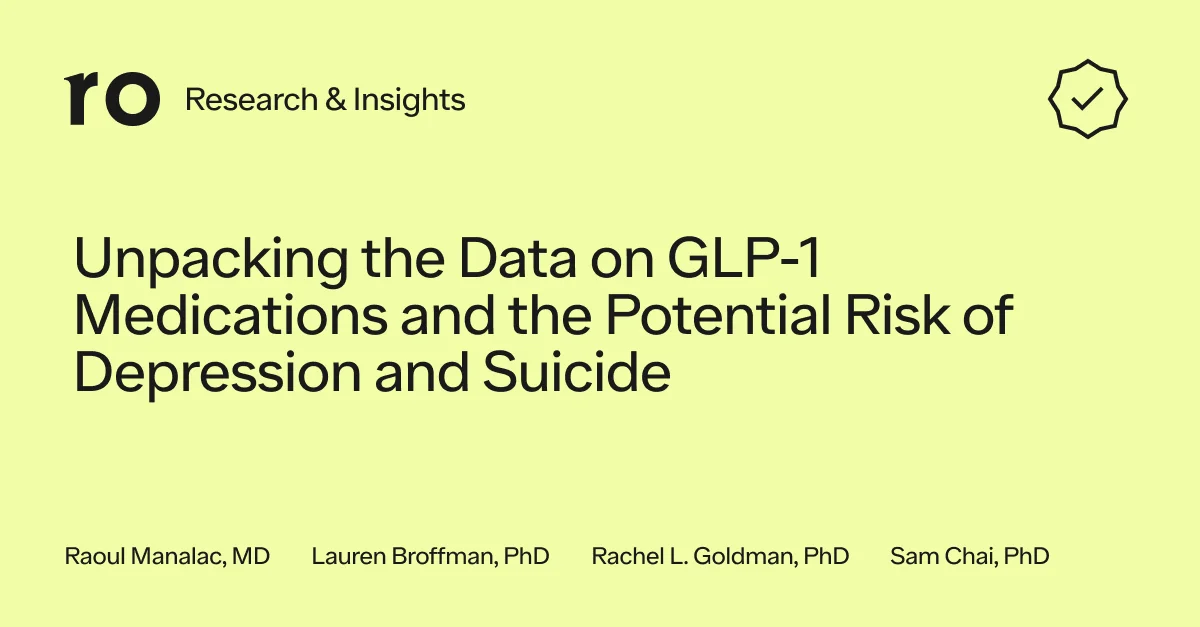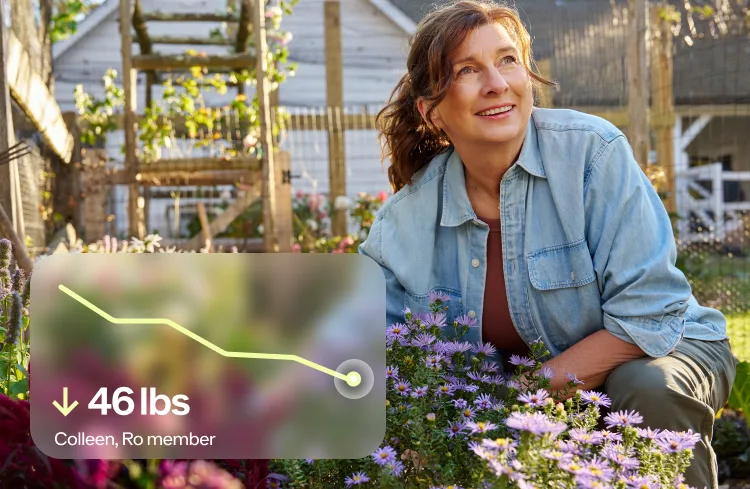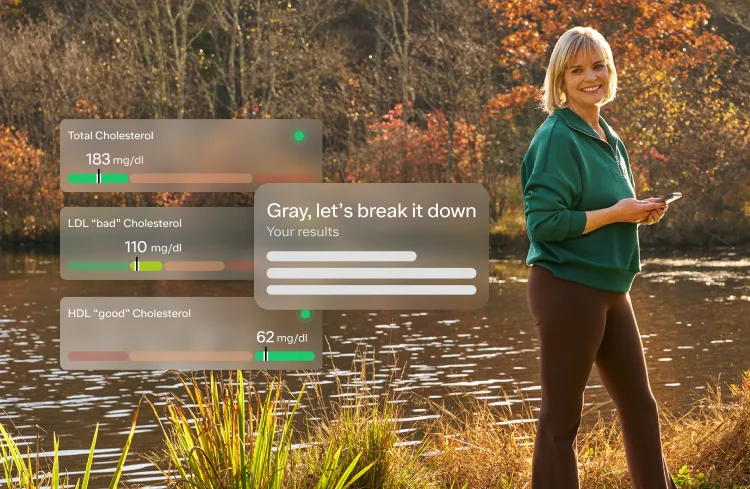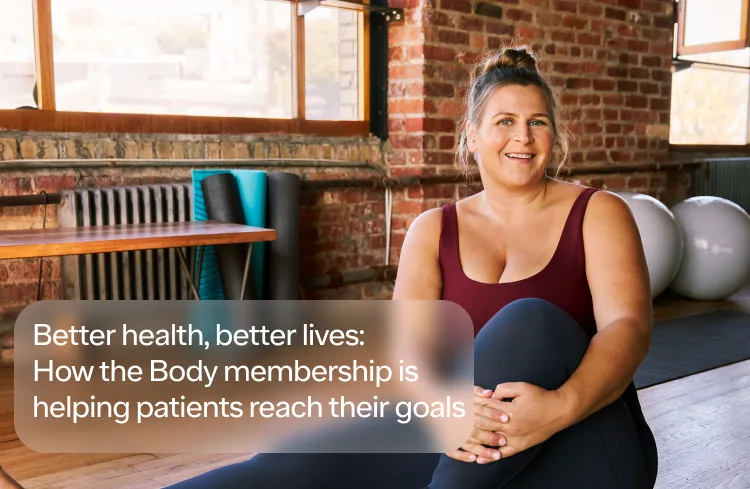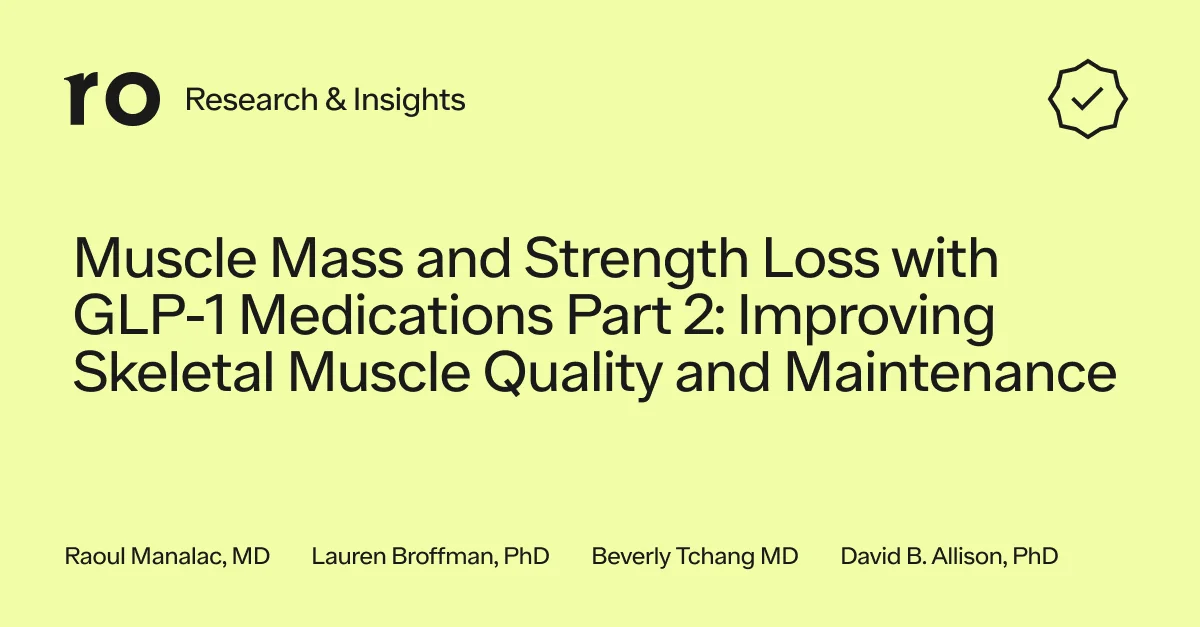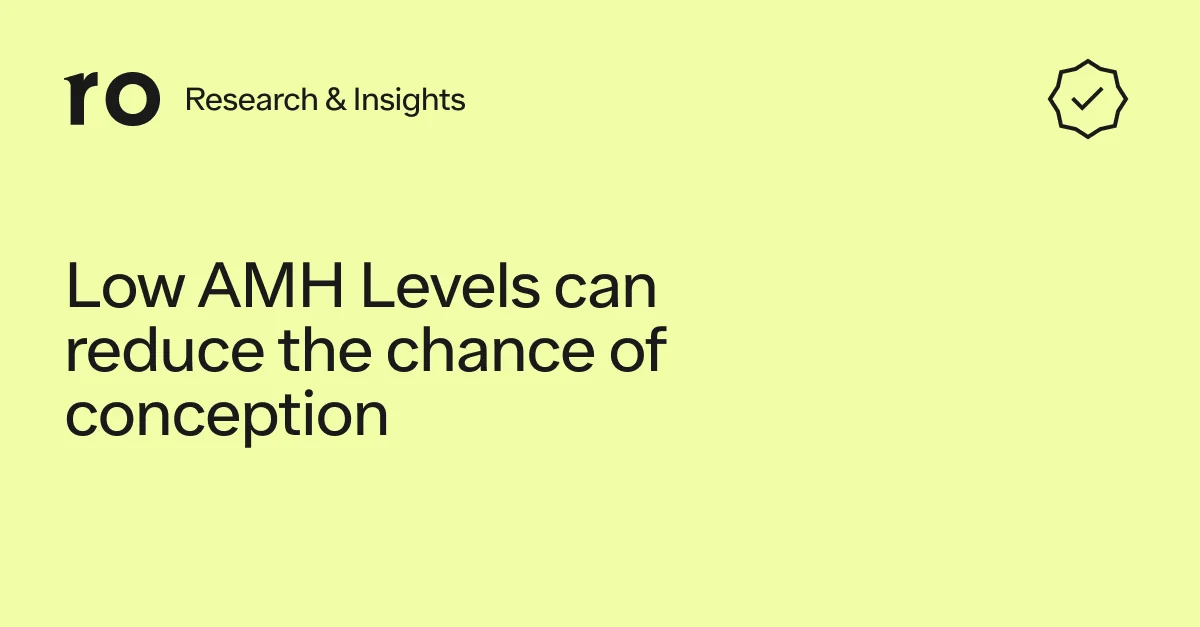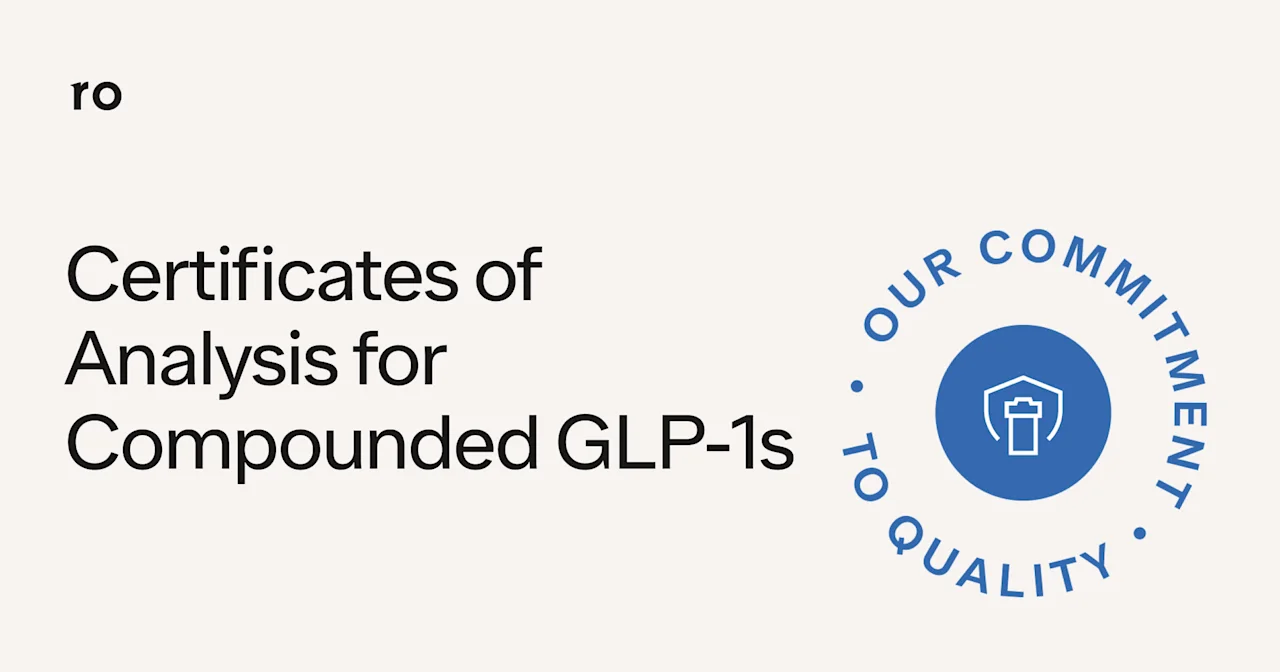Here's what we'll cover
Here's what we'll cover

I’m incredibly proud to share that Ro is working directly with the New York State Department of Health to vaccinate the most vulnerable patients (65+ homebound) in their homes. Here’s how: the patient, or family member/guardian, will go through an asynchronous dynamic online doctor’s visit, answer questions about their medical history, and sign up for an appointment on Ro’s platform.
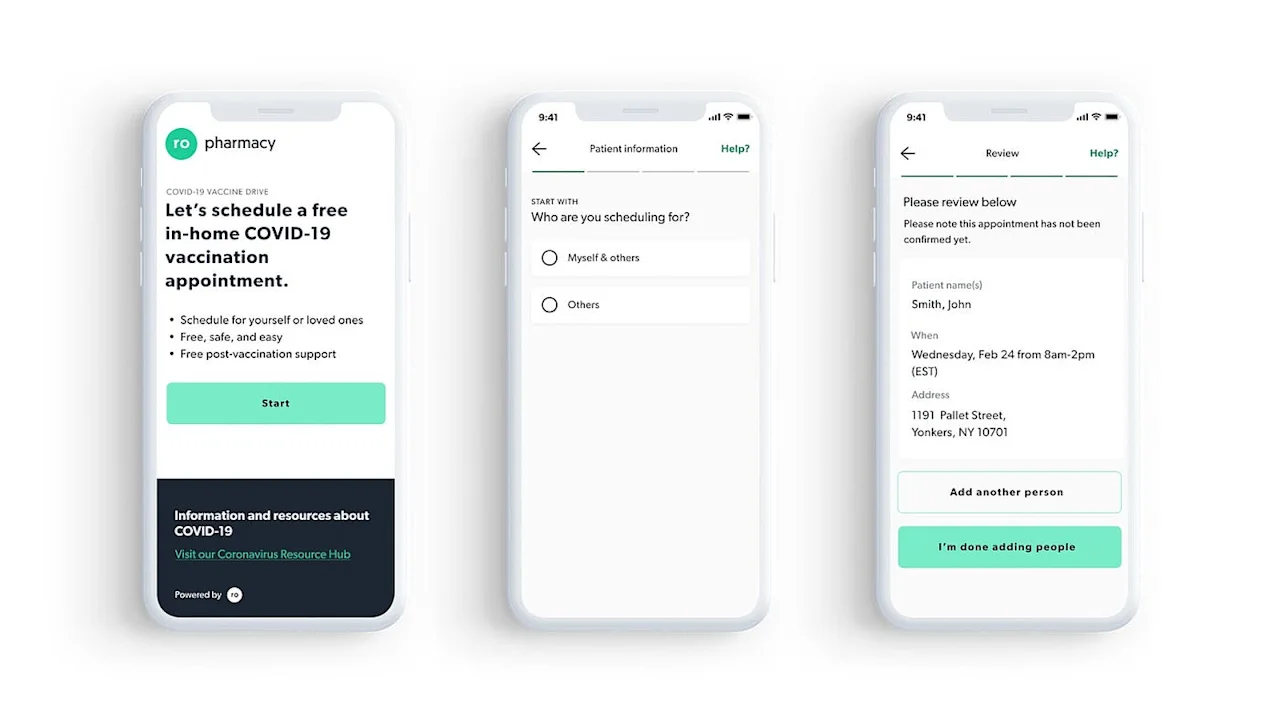
A trained and licensed pharmacist will be dispatched to the patient’s home, with status notifications sent to the patient and their family member who signed them up throughout the process. They will be able to track the pharmacist from their phone or computer as easily as an Uber Eats delivery.

The healthcare provider will vaccinate the patient and check off every step in the Ro Provider Mobile app to ensure compliance with a standardized clinician-designed protocol. While waiting by the patient’s side to check for any potential allergic reaction, the healthcare provider will input additional information in the Ro system to help the state track vaccination progress.
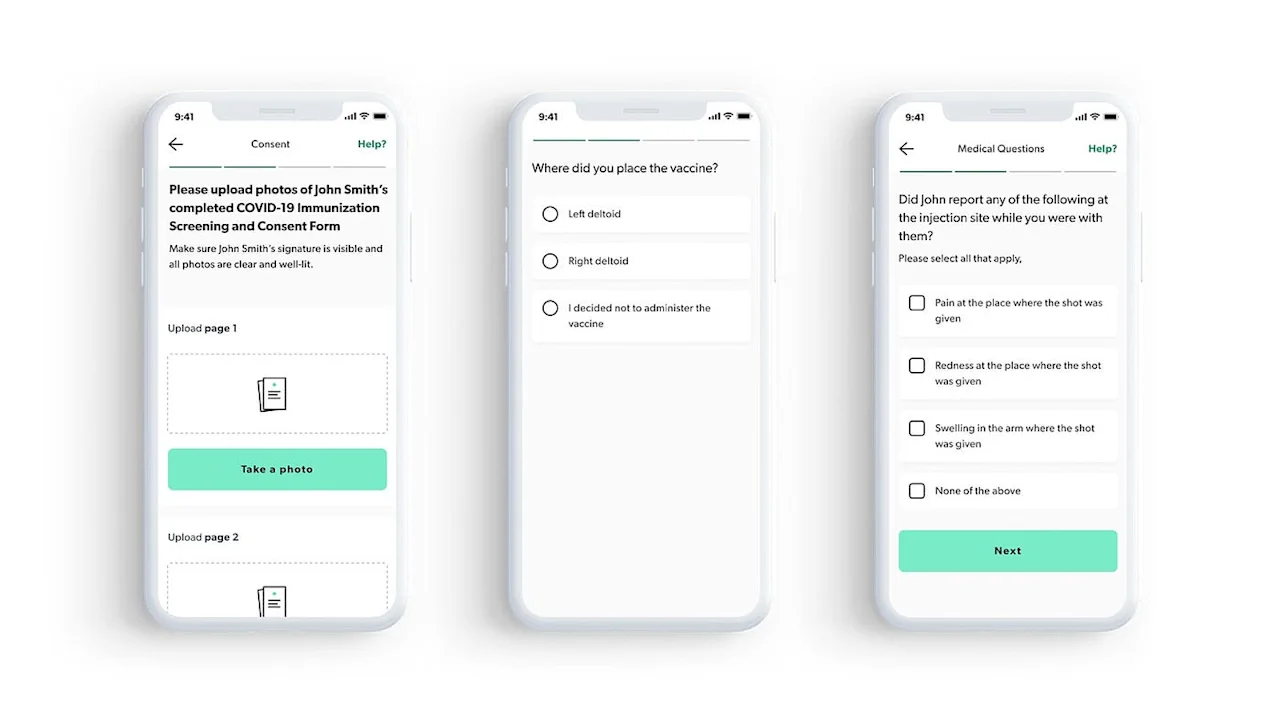
Last but not least, the patients will receive educational materials and a phone number to Ro’s nurse hotline should any questions arise. And their second vaccination will be scheduled on-site.
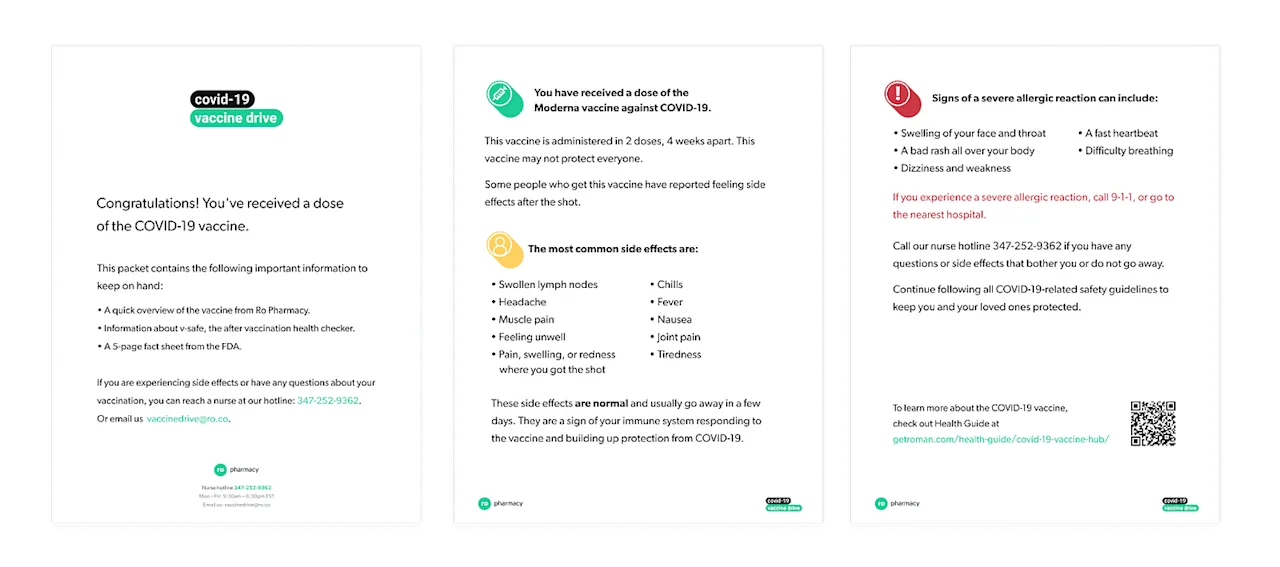
Let’s take a step back
Distributing the vaccine has presented logistical challenges across the country. From the unique temperature requirements and its impact on the supply chain, to varying levels of eligibility by state, to the unfortunate technical challenges of simply making an appointment. But even as these problems get ironed out and the rate of vaccinations per day steadily increases, some key problems will remain.
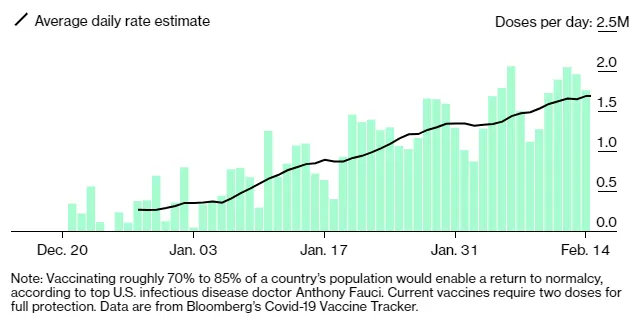
Who gets vaccinated is just as important is how many people get vaccinated
Americans that are elderly, disabled, and homebound face serious challenges when it comes to accessing vaccination sites. There are 2.1M New Yorkers aged 65+ with chronic conditions for whom it will be too difficult or unsafe to travel to a vaccination site. Worse yet, these are the patients that are most vulnerable to the coronavirus. Many have written about this extensively but Elad Gil said it extremely well: “The biggest risk factor for death and hospitalization from COVID is age. Age outweighs comorbidities in some cases by as much as 30-fold. Simple math suggests that vaccinating roughly 20–25% of the population would prevent 95% of COVID deaths in many western countries.”
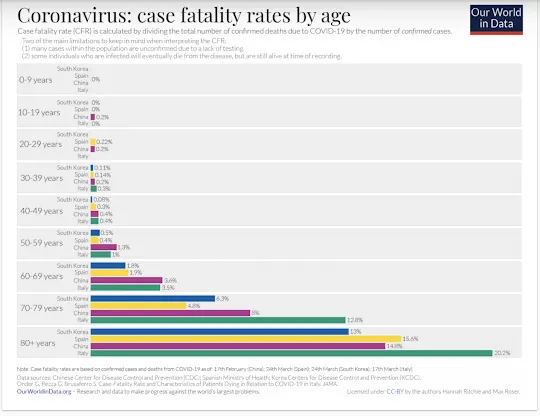
While vaccinating people in their home might appear less efficient than a high-throughput vaccination center, this is not the case when you look at the number of people you would need to vaccinate by demographic to save a single life. To save a single life, you would need to vaccinate (source):
20 people in care homes OR
160 people in their 80s OR
1,000 people in their 60s OR
50,000 teachers or policemen
This is where Ro comes in
This is not meant to diminish in any way mass vaccination sites (or other’s efforts). We need shots in arms and we need to work towards herd immunity as a country. This is simply an additional initiative working towards our shared goal as a society of herd immunity where Ro is uniquely suited to help.
Ro is working directly with New York State Department of Health to vaccinate the most vulnerable patients in their homes.
The state of New York recognized this issue and has been working non-stop to solve it with the Ro team. They have not only facilitated access to the vaccine for Ro but have helped coordinate with local organizations to make sure vulnerable patients get vaccinated as quickly as possible.
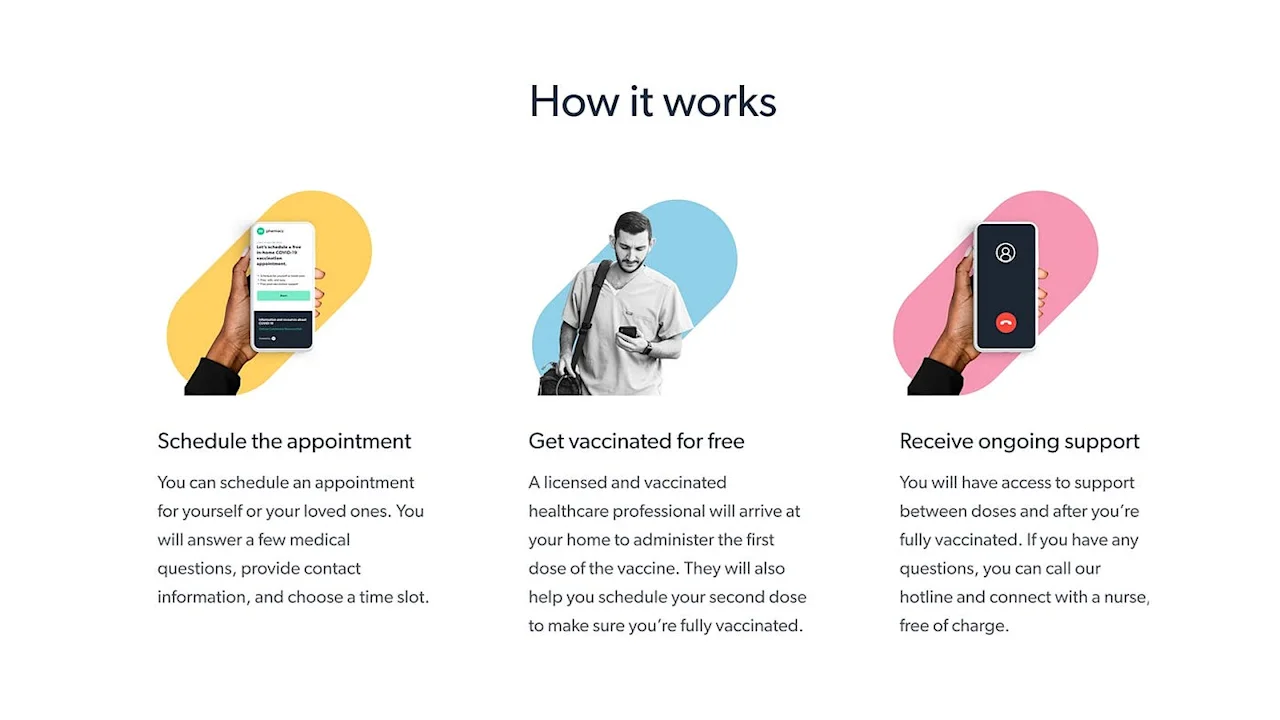
Who pays for this?
The state of New York has provided the vaccine for free. Ro is providing all technology and operational resources for free. And, last but not least, businesses have donated to fund the salaries of healthcare workers and supplies necessary to administer vaccines as Medicare, Medicaid, and insurance reimbursement would be insufficient to cover the full costs of in-home vaccine administration. Uber is even providing free rides to vaccine administrators.
This moment was more than three years in the making
This initiative required every ounce of technology and operations Ro has built over the last 3+ years. It required our synchronous and asynchronous telehealth services, our pharmacy distribution network, our in-home care platform Workpath, and our team of pharmacists, doctors, nurses, engineers, designers, and operators working relentlessly to serve patients.
I saw our teamwork day and night to map out everything — from enabling family members to schedule an appointment on behalf of their family, to collecting information to help the state. We even ran different machine learning models to optimize our routes from the moment the vaccines are taken out of storage, which starts a 6-hour countdown, until the doses become unusable.
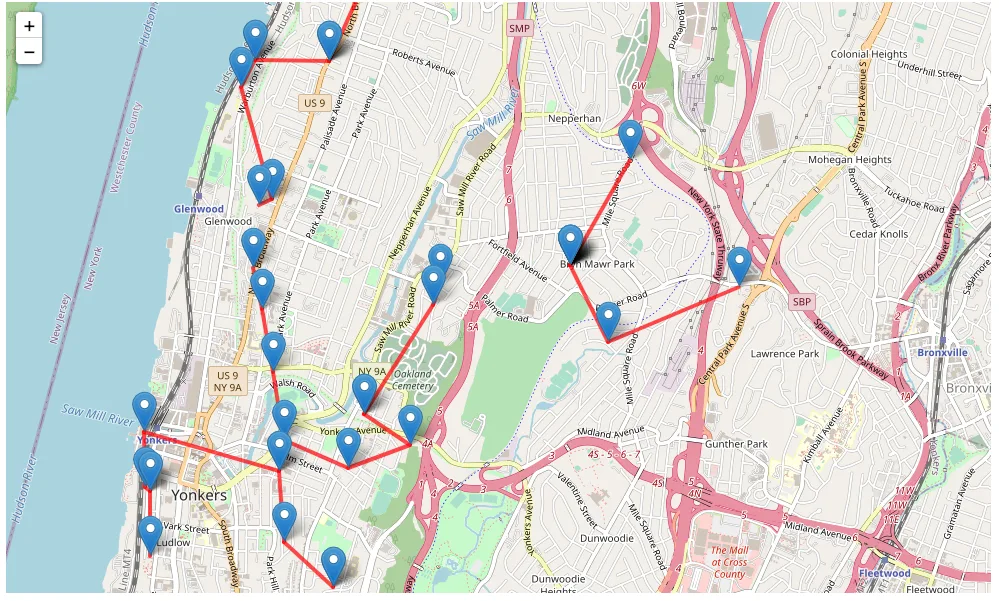
When you open a Moderna vaccine vial, you have 6 hours to use all 10 doses before it goes to waste. At a vaccination site, this is less of an issue. When administering vaccinations in-home, you have to intelligently map out the path to ensure no doses go to waste.
We’re not done. Not even close.
I could not be more proud of this team. Ro was the first company to release a Covid Telehealth Assessment and will be one of the first DTC telehealth companies to offer at-home rapid antigen tests for Covid upon EUA approval through our partnership with Gauss. And now, we’re launching a first-of-its-kind program to facilitate in-home vaccines. Not an incumbent healthcare company. Ro. We’re 39 months old and we’re just getting started.
While this initiative is invigorating, and seeing the state and private businesses come together to save lives has been one of the proudest moments of my life, thousands of Americans are dying every single day. This is a battle and we’re still in the middle of the fight. We’re not done. Not even close.
